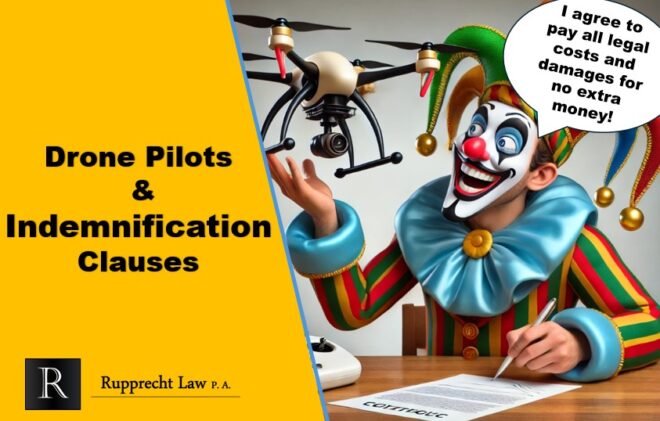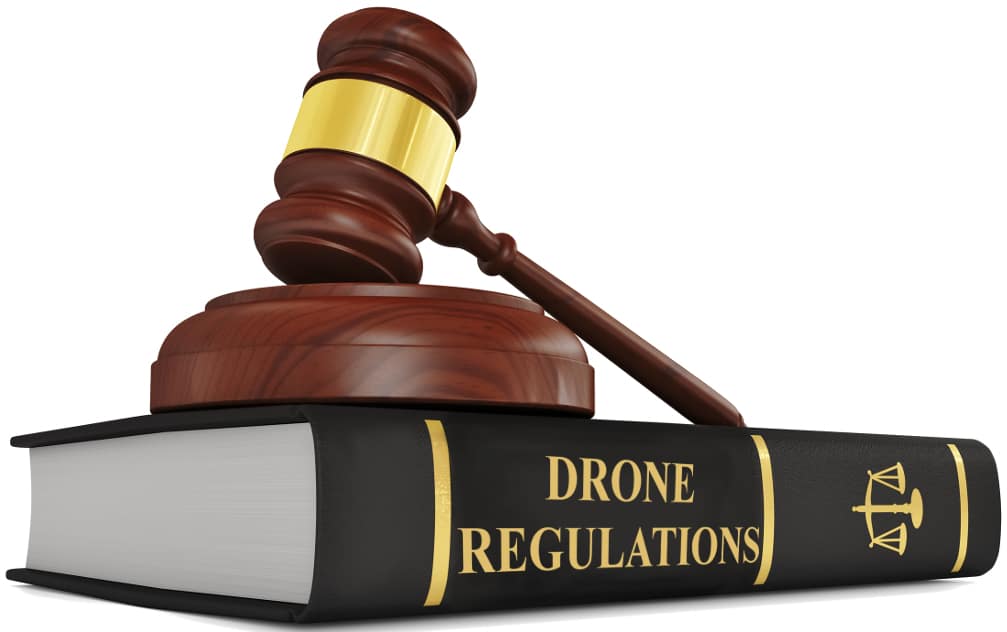
We all hear about people providing financial advice to others and say, “Don’t ever co-sign a loan for another person.” We immediately understand the bad idea of getting all of the downside risk exposure while the other person gets all of the benefits. But a very analogous scenario happens in business all the time. It happens when people sign indemnification agreements.
Table of Contents of Article
What is an indemnification agreement?
It’s where one or more parties agree to indemnify one or more parties. Here is a good definition of indemnify from the Legal Information Institute run by Cornell Law School:
“To indemnify, also known as indemnity or indemnification, means compensating a person for damages or losses they have incurred or will incur related to a specified accident, incident, or event. Typically, parties make a written agreement in which one party (indemnitor) promises to indemnify the other party (indemnitee) for future specified losses.”
You all deal with these agreements every day. They are called insurance policies. The insurance company agrees to indemnify you, in exchange for money, in the event of something that happens in the contract (like a car wreck). Insurance contracts are really just ways to transfer risk to another party for money. The big difference between insurance companies and some businesses is the insurance company takes on the risk ALWAYS in exchange for money.
When dealing with large companies or government entities, these indemnification clauses can be extremely one-sided and horrible. You basically become an insurance company to the other party. Many people do not fully understand the severe consequences that can result. Consider what Proverbs 11:15 says,
Whoever puts up security for a stranger will surely suffer harm, but he who hates striking hands in pledge is secure.
NOT signing indemnification agreements is how you build a long-lasting, secure business. This is why I don’t sign these agreements with clients. One client tried to get me to sign an updated contract. I fired that client and I sleep great every night knowing I don’t have to worry about dealing with them and their long lasting liability. Why build a business to just have some contract term take it away from you?
Sample Indemnification Agreement
Here is some sample language of what an indemnification agreement could look like:
1. **Indemnification**
1.1 The Indemnifying Party agrees to indemnify, defend, and hold harmless the Indemnified Party, its officers, directors, employees, agents, and assigns from and against any and all losses, liabilities, damages, costs, expenses (including reasonable attorneys’ fees), claims, demands, suits, actions, or proceedings (each a “Claim” and collectively “Claims”) arising out of or related to any alleged violations of laws or regulations by the Indemnifying Party.2. **Defense of Claims**
2.1 The Indemnifying Party shall assume the defense of any Claim brought against the Indemnified Party, including the appointment of legal counsel reasonably acceptable to the Indemnified Party, and shall bear all costs and expenses incurred in connection with such defense.
2.2 The Indemnified Party shall promptly notify the Indemnifying Party in writing of any Claim for which indemnification is sought under this Agreement. Failure to provide such notice shall not relieve the Indemnifying Party of its indemnification obligations hereunder except to the extent that the Indemnifying Party is materially prejudiced by such failure.
2.3 The Indemnified Party shall have the right to participate in the defense of any Claim at its own expense and with counsel of its own choosing, provided that such participation does not interfere with the Indemnifying Party’s defense obligations hereunder.
2.4 The Indemnifying Party shall not settle or compromise any Claim without the prior written consent of the Indemnified Party, which consent shall not be unreasonably withheld or delayed.
Problems with Indemnification Agreements
Mere claims can trigger.
Some of the one-sided contracts I have seen have the clause triggered upon a simple claim. Yes, a simple email saying the person was negligent would trigger you to hire an attorney, at your sole expense, to defend the other party. Some people fly off the handle and send emails and letters threatening to do something or claiming something but really have no intention of doing anything. You want an indemnification clause to be triggered upon an actual lawsuit, not a theoretical claim.
You could be on the hook for someone else’s negligence.
Yes, some one-sided contracts will have you indemnify the other party for the other party’s negligence. I have seen these.
There are lesser forms of this where the indemnification agreement says you are not responsible when it’s 100% the other person’s fault, but in reality, the other party is going to say you were somehow 1% at fault and you are getting dragged back in defending the other party. It sounds good on paper but doesn’t work in reality.
Your insurance most likely won’t cover it.
Most insurance policies explicitly do not cover liability you incur on behalf of other contracts. Luke Petty who sells drone insurance at Flight Light Assurance provided me with a copy of a drone insurance policy that shows this:
“This Policy does not apply to any of the following: . . . 5. Liability assumed under any contract or agreement.”
However, some insurance policies will cover this type of liability, provided you submit the contract to the insurance carrier, the carrier approves it, and pay an additional premium. This is great because you don’t have to go to the hassle of shopping for another policy. You are already set up from the beginning.
They can last a long time.
While some contracts end in the future, you are still on the hook for liability long after the project is over. Consider the liability you take on when designing an aircraft, crafting manuals, training a pilot, etc. You have some exposure as long as the aircraft flies, the manuals are used, and the pilots fly.
Mitigations
There are different things you can do to mitigate an indemnification agreement.
- Carefully craft the terms of the indemnification with an attorney.
- Have an attorney advise you on how enforceable the as-written terms are. Some contract language might be overly broad and be unenforceable in court. Why negotiate over a contract clause that might not be enforceable? But how much would that cost to litigate?
- You can set up a separate operating business from your main business so as to isolate the risk from the contract.
- Your intellectual property and equipment are owned by different business entities and licensed/leased to the operating entity, which has the indemnification clause obligation. You could also maybe do equity stripping of certain assets.
- You can get an insurance policy that does cover some indemnification liability.
Solution
Work with a good business attorney who also works with a good drone attorney to craft a clause that protects your business.


